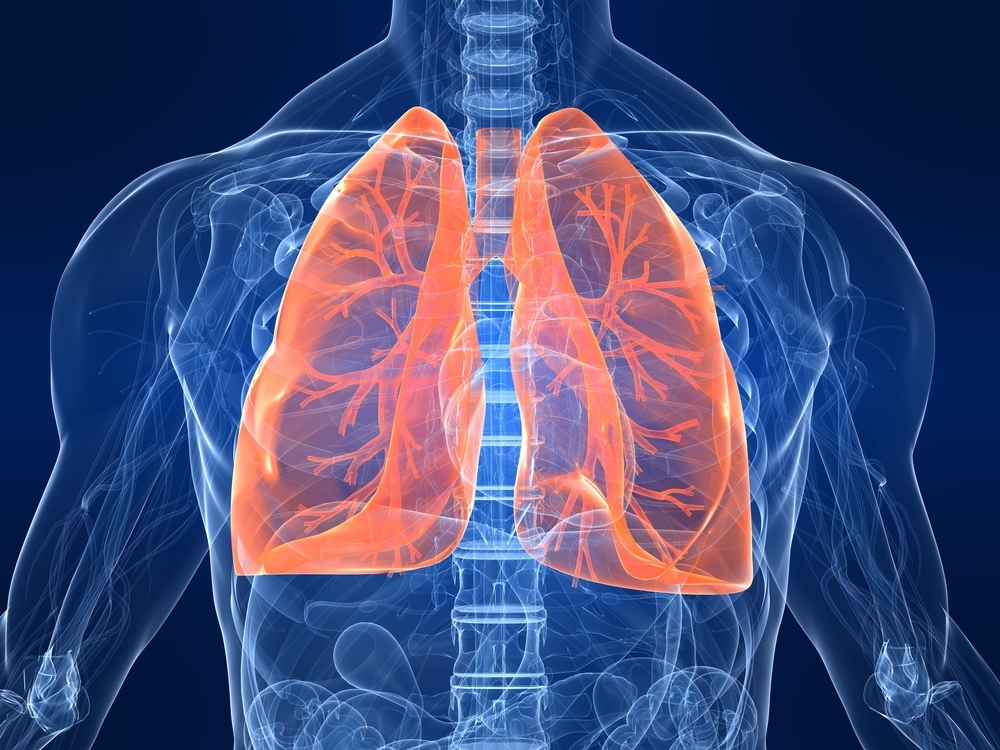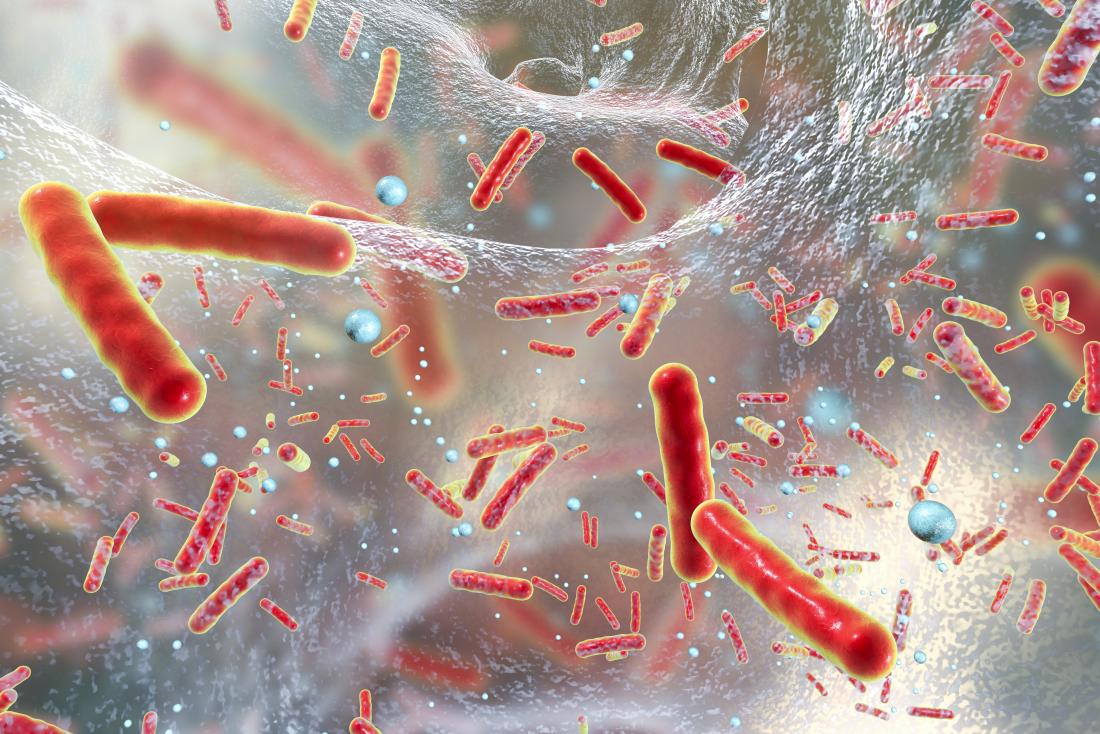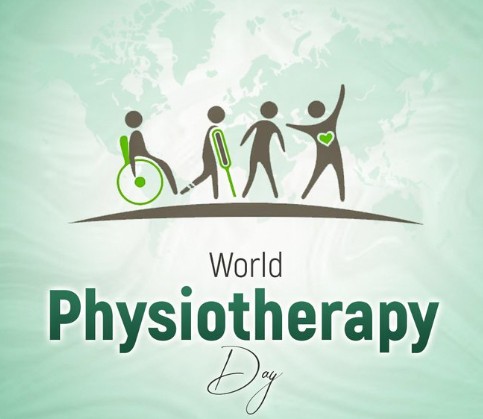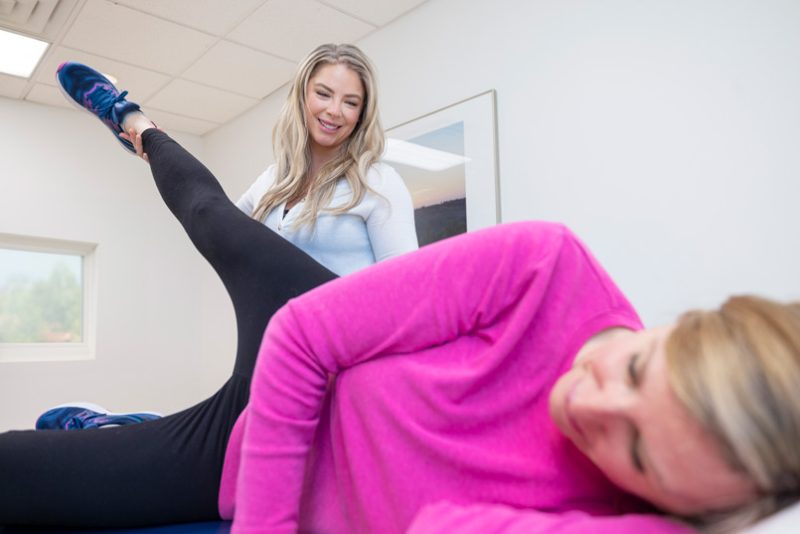While medical advancements have introduced better pharmaceutical treatments that help control symptoms and improve quality of life, they unfortunately cannot completely reverse the damage caused by COPD
Chronic Obstructive Pulmonary Disease (COPD) remains a significant health concern worldwide, affecting millions of people and leading to a progressive decline in lung function. COPD is a respiratory disease characterized by the narrowing of the windpipes (bronchi), which limits airflow and causes resistance during breathing. Commonly referred to as ‘Chronic Bronchitis’, COPD is a progressive and often debilitating disease.
The primary causes of COPD are well-documented. Cigarette smoking stands as the leading culprit, but other forms of tobacco use, prolonged exposure to noxious gases, occupational hazards, and air pollution also contribute significantly. In India, particularly in rural areas, a major cause is exposure to smoke from biomass fuels used for cooking and heating, which disproportionately affects women.
While medical advancements have introduced better pharmaceutical treatments that help control symptoms and improve quality of life, they unfortunately cannot completely reverse the damage caused by COPD. This makes non-pharmacological methods a critical part of a comprehensive management strategy.
The Role of Lifestyle Modifications in Managing COPD
“Lifestyle modifications are very important for a holistic approach towards the management of COPD,” emphasizes Dr. Vishwanath Bellad, Consultant Pulmonologist at BGS Gleneagles Global Hospitals. He outlines several key lifestyle changes that can greatly improve outcomes for patients:
- Quit Smoking:
The most crucial step for any COPD patient is to quit smoking immediately. “Stopping smoking arrests the progression of the disease,” says Dr. Bellad. Early cessation not only preserves remaining lung function but also minimizes the damage caused to bystanders from second-hand smoke.

- Occupational Safety:
In industries and factories, exposure to noxious gases can significantly worsen lung health. Using protective gear and implementing proper engineering controls can reduce these risks. Dr. Bellad stresses the importance of periodic medical checkups, including lung function tests, to detect COPD at its early stages and initiate timely interventions. - Vaccinations to Prevent Infections:
Infections like pneumonia and influenza can severely deteriorate the condition of someone living with COPD. Vaccines, such as the Pneumococcal vaccine and the influenza vaccine, play a critical preventive role, reducing hospitalizations and complications associated with respiratory infections. - Balanced Diet:
Nutritional management is often overlooked but is equally vital. COPD patients tend to retain higher levels of carbon dioxide in their blood and suffer from decreased muscle mass, leading to increased weakness. Obesity adds another layer of risk, contributing to higher rates of heart attacks and strokes. Dr. Bellad recommends a high-protein, low-carbohydrate diet to help build muscle strength while minimizing carbon dioxide production. - Regular Exercise:
Exercise is another cornerstone of COPD management. Simple breathing techniques such as Pranayama and pursed-lip breathing are highly beneficial in coping with breathlessness. Additionally, incorporating gentle exercises for the upper and lower limbs helps maintain functional capacity and improves the efficiency of the respiratory system.
Pulmonary Rehabilitation: A Comprehensive Approach
All these lifestyle modifications are collectively promoted through structured programs known as pulmonary rehabilitation. These programs focus not just on physical health but also on emotional well-being, offering counseling and education to help patients adapt to living with COPD.
Dr. Bellad encourages patients to enroll in pulmonary rehabilitation programs, emphasizing that these holistic approaches can drastically improve a patient’s quality of life and potentially slow the disease’s progression.
“Living with COPD doesn’t just mean managing symptoms with medicines; it’s about embracing a new lifestyle that prioritizes lung health every day,” he says.
COPD is a serious, progressive illness, but it does not have to define a patient’s life. Through timely lifestyle changes, adherence to medical advice, and commitment to pulmonary rehabilitation, patients can regain a sense of control over their health and well-being. As awareness grows, more people are realizing that small, daily changes can make a profound difference in fighting this chronic respiratory disease.









